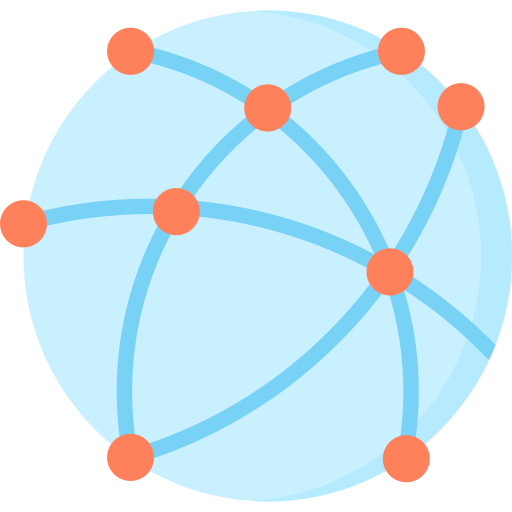Plant growth in counties of Alabama
About this project
This project analyzes existing vegetation data from various counties in Alabama by comparing temperature and precipitation data over 10 years. Alabama was chosen due to having the most plant species in the United States. Research questions include: Do temperature and precipation change over the years in each country? Is the change significant? Do geographical locations affect plant diversity?
Data Mining
Data sets used were a shapefile that contains all counties in alabama, temperature and precipitation csv files. Shape files store the geometry of shapes like points, lines and polygons. They are commonly used in spatial analysis and mapping. (Click icons below to inspect the data).
Data Cleaning and Coding
Temperature and Precipitation data are saved in a CSV format. To clean the data I used the pandas library. Data in the CSV file had the year, month and value as 200007,149, 3 rows to be deleted, the last row was dropped as it included a irrelevant data point. 8 functions were created 1. remove_n_clean reads the CSV data and cleans the data set to get value and the name of the county into two seperate columns. 2. get_years modifies the date column to split the value of 200001 into year and months columns. 3. get_mean_per_year takes in the cleaned data set and grabs the average value. 4. create_county gets the shape of the country requested 5. get_max get_min the max and min value of a data frame to be used during map creation
Data Visualizations
To create the visualizations I used geopandas and matplotlib. create_row_merge takes in five parameters, the data set, the name of the county, type of data if temperature or precipitation, color and county shape(shapefile of the county). this function stores everything in a specified file path with a index number attached to the name for storing.
Improvements
A couple things I would improve on is breaking up the create_row_merge function reduce the amount of parameters name of county could be deleted as a parameter and grab the table name


